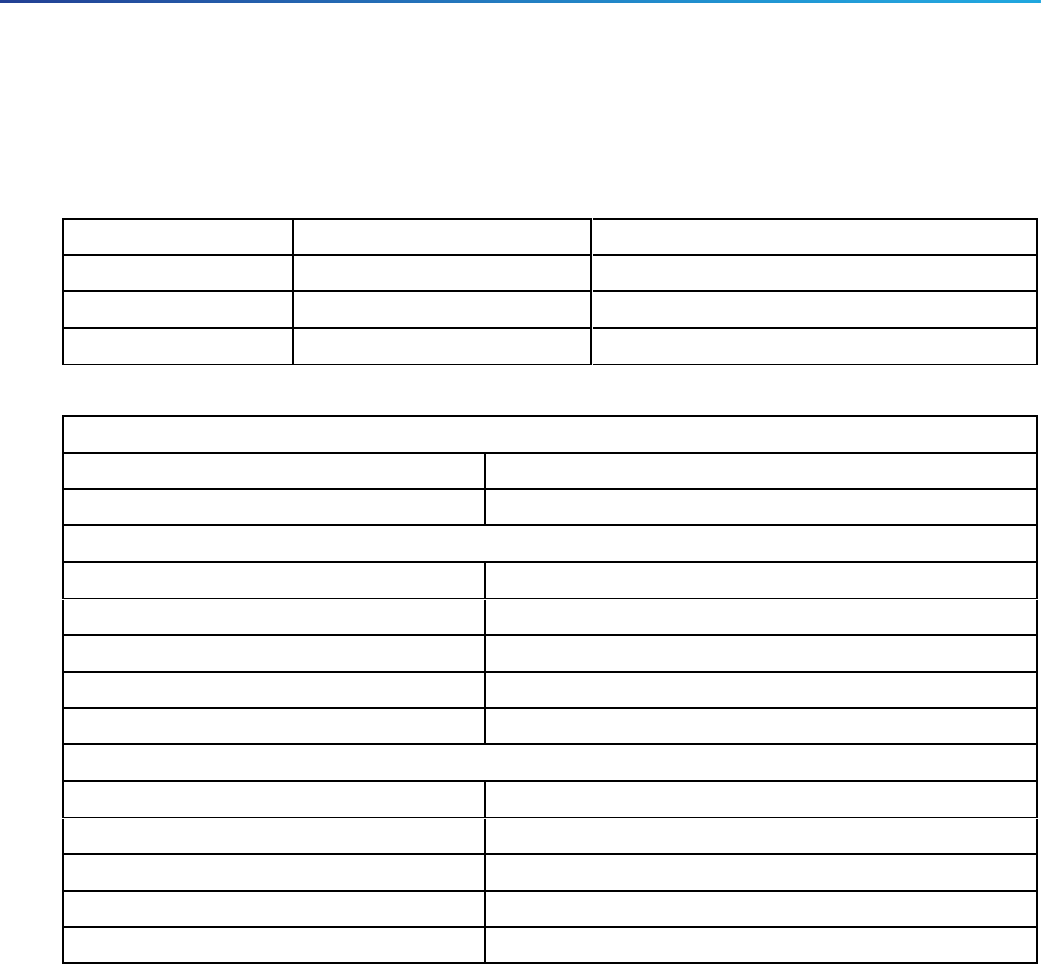Manual
Table Of Contents
- Preface
- Introduction
- Process Summary
- Prerequisites
- Run the Service Setup Wizard
- VCS System Configuration
- Routing Configuration
- Pre-search Transforms
- Search Rules
- Task 8: Configuring Transforms
- Task 9: Configuring Local Zone Search Rules
- Task 10: Configuring the Traversal Zone
- Neighboring Between VCS Clusters
- Task 11: Configuring Traversal Zone Search Rules
- Task 12: Configuring the DNS Zone
- Task 13: Configuring DNS Zone Search Rules
- Task 14: Configuring External (Unknown) IP Address Routing
- Endpoint Registration
- System Checks
- Maintenance Routine
- Optional Configuration Tasks
- Appendix 1: Configuration Details
- Appendix 2: DNS Records
- Appendix 3: Firewall and NAT Settings
- Appendix 4: Advanced Network Deployments
- Obtaining Documentation and Submitting a Service Request
- Cisco Legal Information
- Cisco Trademark

Endpoint Registration
The example network configuration diagram shows three endpoints.
Endpoint IP address Network
EX90 10.0.0.15 Internal network
EX60 10.0.0.16 Internal network
EX60 192.168.0.2 Home user network
After system configuration, endpoint registration should be possible using these endpoint configuration details:
EX90 (uses SIP protocol)
SIP URI user.one.ex90@example.com
SIP Proxy1 vcsc.internal-domain.net
EX60 (uses H.323 and SIP protocol)
H.323 ID user.two.mxp@example.com
H.323 E.164 7654321
Gatekeeper IP Address vcsc.internal-domain.net
SIP URI user.two.mxp@example.com
SIP Proxy1 vcsc.internal-domain.net
EX60 at home (uses
H.323 and
SIP protocol)
H.323 ID user.three.mxp@example.com
H.323 E.164 1234567
Gatekeeper IP Address vcse.example.com
SIP URI user.three.mxp@example.com
SIP Proxy1 vcse.example.com
What To Do Next
The VCS routing configuration is now complete. Go to the next section, "System Checks."
39
Cisco VCS Expressway and VCS Control - Basic Configuration Deployment Guide
Endpoint Registration










